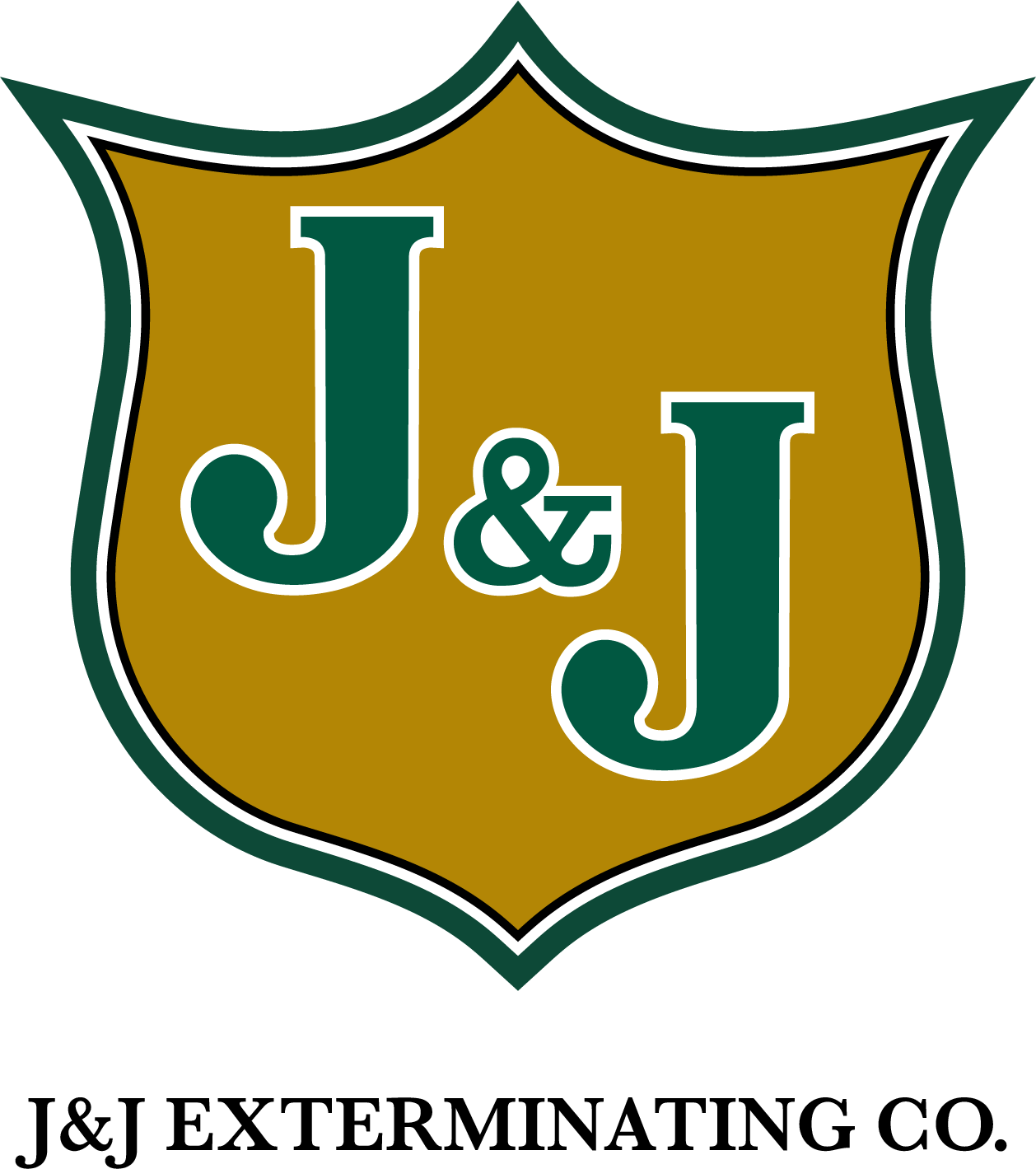When it comes to unwelcome household pests, few invoke the visceral shudder of the cockroach. These hardy insects are synonymous with filth and infestations, appearing suddenly in the dark corners of our kitchens or scuttling across the bathroom floor at the worst possible moments. But not all cockroaches are created equal, and the species that commonly infest homes have their own distinct characteristics and behaviors.
Understanding the types of cockroaches that may infest your home can help you with prevention, identification, and, if necessary, eradication. By knowing your enemy, you can better protect your home from these resilient intruders. Here, we’ll explore the different cockroach species you might find in North American homes and what you can do about them.
The German Cockroach (Blattella germanica)
Of all the roach species, the German cockroach is perhaps the most reviled houseguest. Their small size – 1/2 to 5/8 inches long – and light brown or tan coloration allow them to hide in tiny crevices, making them extremely difficult to detect and eliminate. German cockroaches breed rapidly, with one female capable of producing up to six generations annually.
Identifying Features
- Size: Smallest of the roach species common in homes
- Color: Light brown or tan
- Speed and Agility: Moves quickly and is adept at hiding
Behavior
German cockroaches are typically found in warm and humid areas, such as kitchens and bathrooms. They are attracted to food and water sources and can contaminate these areas with bacteria as they forage. Additionally, the German cockroach releases an aggregation pheromone, which can quickly attract others and lead to a thriving population.
Control and Prevention
Effective control of German cockroaches requires meticulous cleaning and sanitation. Remove all food and water sources that might attract them. Seal cracks and crevices, store food in airtight containers, and fix any plumbing leaks. If an infestation occurs, immediate professional intervention is often necessary.
The American Cockroach (Periplaneta americana)
The American cockroach holds the title of largest common house-infesting roach, reaching up to 3 inches in length. Despite its name, it is not native to North America and may have been introduced during the colonial period. Unlike the German variety, American cockroaches thrive in warm, damp environments but can also survive outdoors. They are reddish-brown and have a distinctive yellowish figure-eight pattern behind their head.
Identifying Features
- Size: Can grow up to 3 inches long
- Color: Reddish-brown with a yellow figure-eight behind the head
- Flight: Capable of flight, though prefers running
Behavior
American cockroaches prefer dark, moist environments and can often be found in basements, laundry rooms, and other secluded, damp areas. Like their German counterparts, they are attracted to food and water sources. They are also known to eat a wide variety of items, including paper, glue, and soap.
Control and Prevention
To manage American cockroaches, reduce moisture in and around your home, and seal or screen potential entry points. Outdoors, eliminate harborage areas such as woodpiles and mulch. Regular vacuuming can also help reduce their numbers. In severe cases, professional pest control is warranted.
The Oriental Cockroach (Blatta orientalis)
Oriental cockroaches, also known as “water bugs” or “black beetles” due to their shiny, dark exterior, are a larger species capable of flight. This species tends to inhabit more of the ground level and is often associated with foul odors. They are sluggish in comparison to other roach species and do not climb as well.
Identifying Features
- Size: 1 to 1.25 inches long
- Color: Dark brown or black
- Odor: Can produce a noticeable smell
Behavior
Oriental cockroaches are more likely to be found in cooler environments and can often be spotted in basements and crawl spaces. They, too, are attracted to water and dampness but can survive for long periods without food. Despite their slower pace, oriental cockroaches can still rapidly infest an area if conditions are favorable.
Control and Prevention
Reducing moisture and sealing entry points are critical to preventing oriental cockroach infestations. Outdoors, regular yard maintenance can help. You should also ensure that your home’s foundation and exterior are in good repair. If confronted with an infestation, professional pest control is recommended.
The Brown-Banded Cockroach (Supella longipalpa)
This smaller species, named for the light bands across its wings, is known for its characteristic tendency to hide in higher locations than other roaches. They are often found in upper cabinets in kitchens and bathrooms, behind picture frames, and in closets. The brown-banded cockroach’s preference for warm, dry areas sets it apart from the more moisture-dependent roaches.
Identifying Features
- Size: 1/2 inch long
- Color: Brown, with light-colored bands across their wings
- Habitat Preference: Likes warm and dry spaces
Behavior
Brown-banded cockroaches are particularly fond of starchy materials and may be found near these food sources, which can be anything from wallpaper to book bindings. They are not as commonly associated with unsanitary conditions as German roaches but are nevertheless unwelcome invaders of living spaces.
Sealing entry points, along with the removal of potential hiding places, is crucial in preventing brown-banded cockroaches from taking up residence in your home. Sticky traps can be useful for monitoring and control. Insecticides may also be necessary, applied by professionals where infestations are found.
Cockroach Control Tips
The key to managing a cockroach infestation is vigilance. Regularly inspect your home for signs of these pests, such as droppings, eggs, or discarded exoskeletons. Keep your living space clean, minimize clutter, and seal up potential entry points. If you are dealing with a substantial infestation, a professional pest control service is the most effective strategy.
By learning about the different species of cockroaches, you can tailor your pest management approach to the specific threats they pose. With a proactive stance and the right knowledge, you can help ensure that these resilient insects don’t make themselves at home in your living space. Contact us for serious cockroach control services.
Tags: Cockroach Control, Cockroaches



